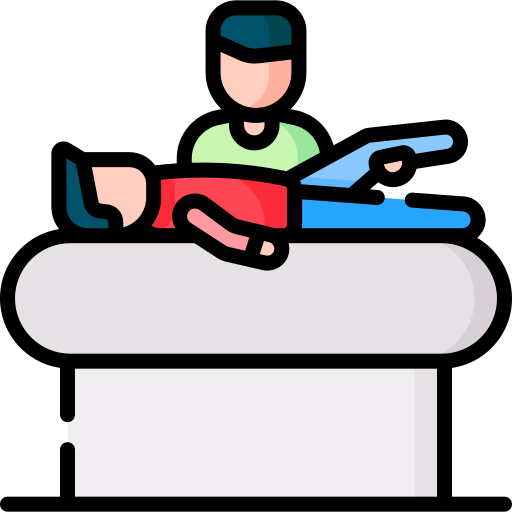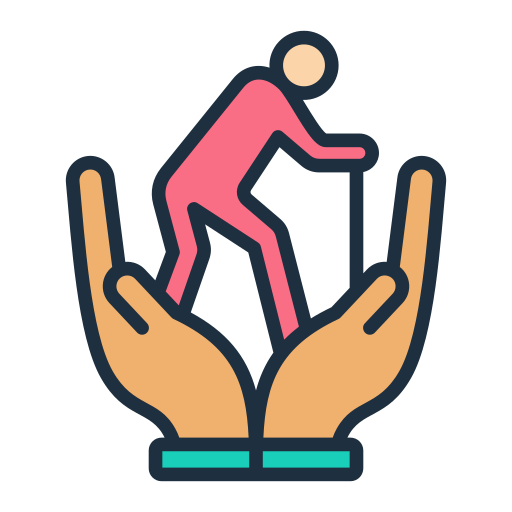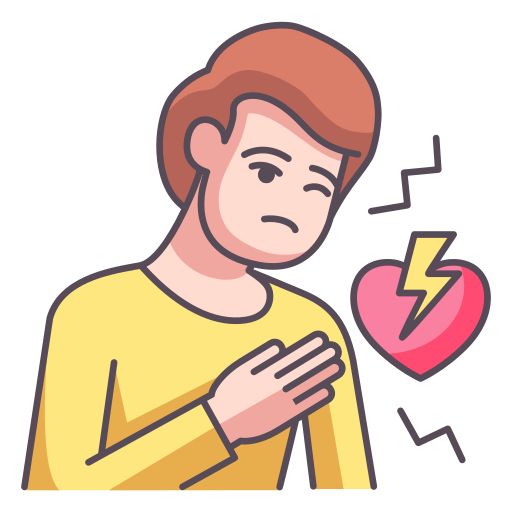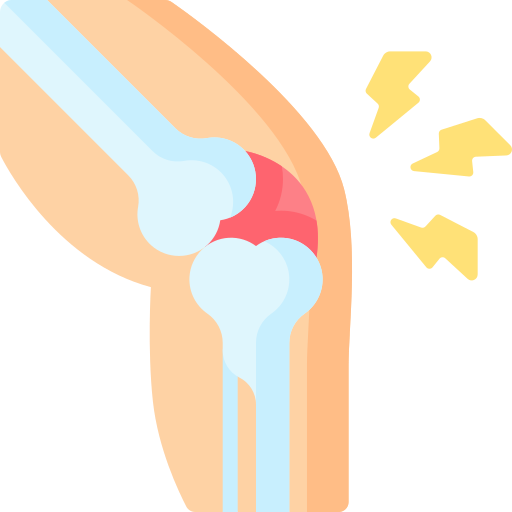Services

Shoulder Pain
Shoulder pain can stem from various causes, including injuries, overuse, or underlying conditions like arthritis. Treatments may involve rest, ice, physical therapy, and medication. Symptoms may include stiffness, weakness, and limited range of motion. Precautions include avoiding repetitive movements and maintaining proper posture to prevent exacerbation of symptoms.

Hip Pain
Hip pain can arise from issues like arthritis, bursitis, or injuries. Treatments may involve rest, physical therapy, medication, or in severe cases, surgery. Symptoms may include discomfort in the hip joint, groin, or buttocks, accompanied by stiffness or limited mobility. Precautions include avoiding activities that exacerbate pain and maintaining a healthy weight to reduce strain on the hip joint.

Knee Pain
Knee pain can result from injuries, overuse, or underlying conditions like arthritis. Treatments may include rest, ice, compression, elevation, physical therapy, or medication. Symptoms may include swelling, stiffness, and difficulty bearing weight. Precautions include avoiding high-impact activities and maintaining a healthy weight to reduce stress on the knees.

Spinal Cord Injuries
Spinal cord injuries occur due to trauma or disease, leading to loss of sensation, mobility, or function below the injury site. Treatments focus on stabilizing the spine, managing symptoms, and rehabilitation. Symptoms vary depending on the injury’s severity but may include paralysis, numbness, or loss of bladder or bowel control. Precautions include avoiding activities that risk further injury and adhering to a specialized care plan to optimize recovery.

Traumatic Brain Injuries
Traumatic brain injuries (TBIs) result from a sudden blow or jolt to the head, causing damage to brain tissue. Treatments aim to stabilize the patient, minimize further injury, and facilitate recovery through rehabilitation. Symptoms may include headaches, confusion, memory loss, and changes in mood or behavior. Precautions include wearing protective gear during activities with a risk of head injury and seeking immediate medical attention after any head trauma.

Musculoskeletal Injuries
Musculoskeletal injuries affect the body’s muscles, bones, tendons, ligaments, or other connective tissues. Treatments may involve rest, ice, compression, elevation, physical therapy, or surgery depending on the severity. Symptoms may include pain, swelling, stiffness, and reduced range of motion. Precautions include proper warm-up, using correct techniques during physical activities, and gradually increasing intensity to prevent injury.

Sports Injuries
Sports injuries are injuries that occur during athletic activities. Treatments vary depending on the type and severity of the injury but may include rest, ice, compression, elevation, physical therapy, or surgery. Symptoms can range from minor discomfort to severe pain, swelling, and loss of function. Precautions include proper warm-up, using appropriate protective gear, and following proper techniques to reduce the risk of injury during sports activities.

Chronic Pain Syndromes
Chronic pain syndromes involve persistent pain lasting beyond the expected healing time, often due to conditions like fibromyalgia, neuropathy, or arthritis. Treatments may include medications, physical therapy, cognitive-behavioral therapy, or interventional procedures. Symptoms include ongoing pain, fatigue, mood changes, and reduced quality of life. Precautions include managing stress, maintaining a healthy lifestyle, and working closely with healthcare professionals to develop a comprehensive pain management plan.

Pediatric Rehabilitation
Pediatric rehabilitation focuses on restoring function and improving quality of life for children with physical disabilities or developmental delays. Treatments may include physical therapy, occupational therapy, speech therapy, and specialized interventions tailored to each child’s needs. Symptoms may include motor impairments, communication difficulties, and challenges with daily activities. Precautions include early intervention, family involvement, and ongoing monitoring to support children’s development and maximize their potential.

Geriatric Rehabilitation
Geriatric rehabilitation is a specialized area of care aimed at improving the quality of life and functional independence of older adults. Treatments may include physical therapy, occupational therapy, and speech therapy to address mobility, strength, balance, and cognitive function. Symptoms may include mobility limitations, falls, cognitive decline, and chronic conditions.

Cardiac Rehabilitation
Cardiac rehabilitation is a structured program designed to improve the cardiovascular health of individuals recovering from heart-related conditions or procedures such as heart attacks, bypass surgery, or angioplasty. Treatments typically involve exercise training, lifestyle modifications, education, and counseling to reduce the risk of future heart problems. Symptoms may include chest pain, shortness of breath, and fatigue.

Respiratory Rehabilitation
Respiratory rehabilitation is a comprehensive program aimed at improving lung function and overall respiratory health in individuals with chronic respiratory conditions such as chronic obstructive pulmonary disease (COPD), asthma, or cystic fibrosis. Treatments may include exercise training, breathing exercises, education, and lifestyle modifications to enhance lung capacity, reduce symptoms, and improve quality of life. Symptoms may include shortness of breath, coughing, wheezing, and fatigue.

Ortho & Post Surgical Rehab
Orthopedic and post-surgical rehabilitation is a specialized program focused on restoring function and mobility following orthopedic surgeries or injuries such as joint replacements, fractures, or ligament repairs. Treatments may include physical therapy, exercises, manual therapy, and modalities to reduce pain, improve strength, and enhance range of motion. Symptoms may include pain, stiffness, swelling, and limited mobility.

Neuro Rehab
Neurorehabilitation is a specialized program designed to address impairments resulting from neurological conditions or injuries such as stroke, traumatic brain injury, or multiple sclerosis. Treatments may include physical therapy, occupational therapy, speech therapy, and cognitive rehabilitation to improve motor function, mobility, communication, and cognitive abilities. Symptoms may include weakness, paralysis, speech difficulties, and cognitive deficits.

Cancer Rehab
Cancer rehabilitation is a tailored program aimed at improving the physical, emotional, and functional well-being of cancer survivors during and after cancer treatment. Treatments may include physical therapy, occupational therapy, speech therapy, and psychological support to manage cancer-related symptoms and side effects such as pain, fatigue, weakness, and lymphedema. Symptoms may vary depending on the type and stage of cancer but may include pain, fatigue, decreased mobility, and difficulty performing daily activities.

